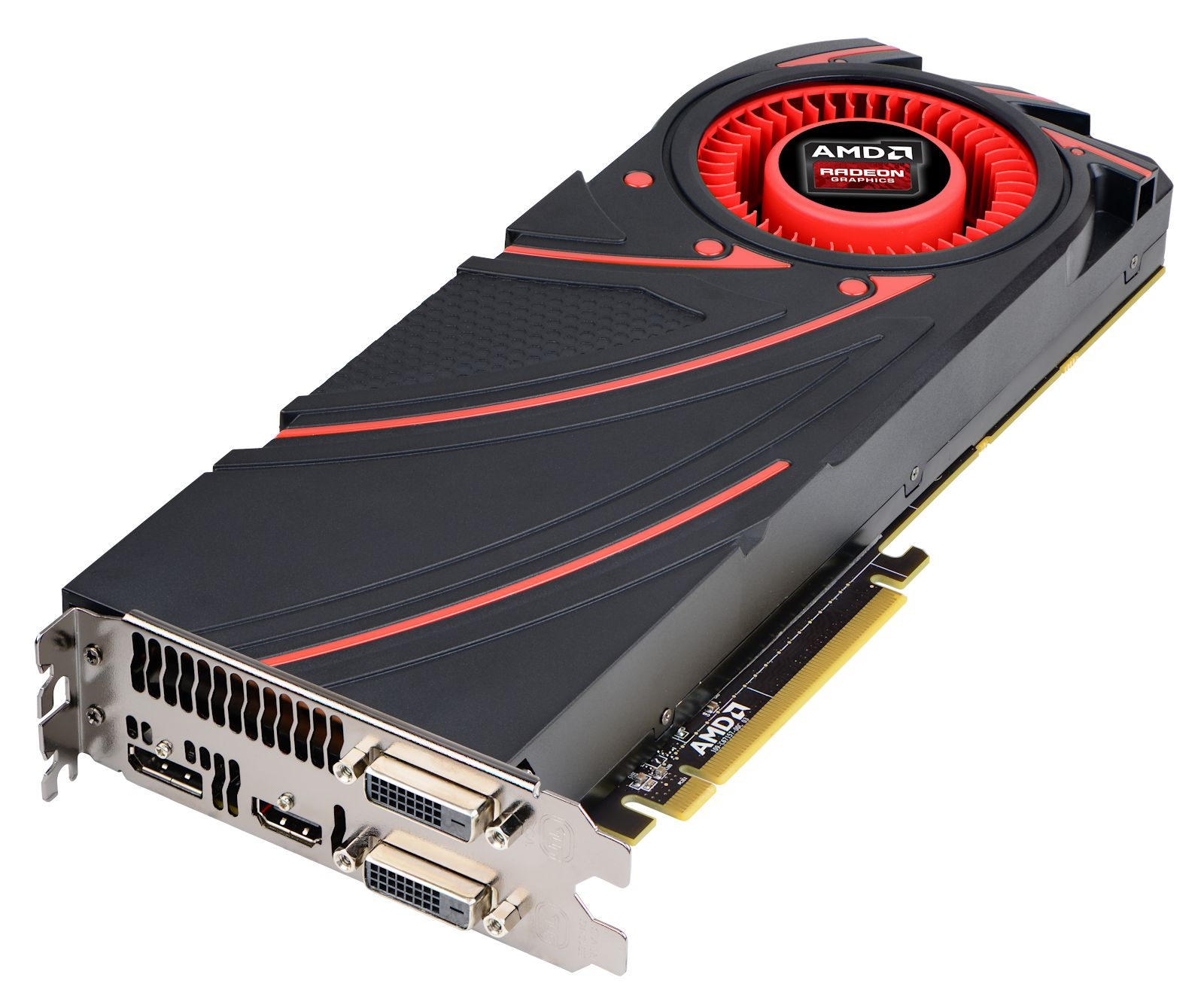davis.anthony
Veteran
When I play a game from 10 year ago I realize how dogshit MSAA was in handling pixel shading. Rise of the Tomb Raider (pre-DLSS) and Arkham Knight are two prominent examples. Their image quality is just a sea of pixels blinking in and out of existence, because MSAA/FXAA are just wholly unsuited to modern pixel shaders.
They're not quite 10 years old
And they're two games from hundreds that released.
Yes, even older games, as Alex pointed out, fare just fine with other AA methods, simply because they don't extensively use pixel shading. But any modern game using specular shading needs some form of temporal, or just massively brute-forcing it with SSAA. Older games looked 'cleaner' because you're asking far less of their AA solutions.
Forza Horizon 5 looks fine with MSAA enabled.
Nah, at least for the PC, I think it should always be an option. We don't know what the future will hold, there may be an injectable form of AA that stomps whatever method the game originally shipped with.
As I've said, I've started to turn it all off now and go for a raw image.
It's surprising how much detail was hiding behind the Vaseline.


